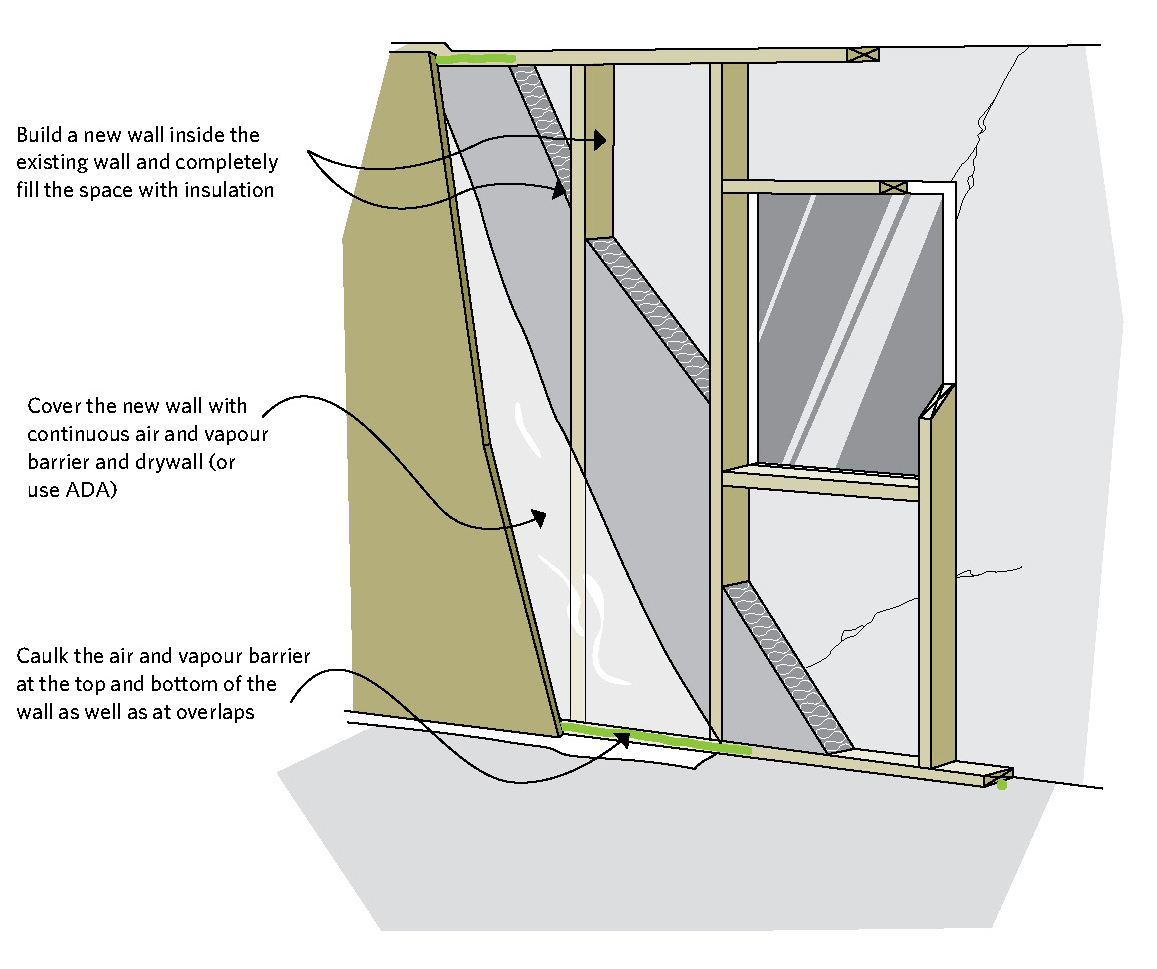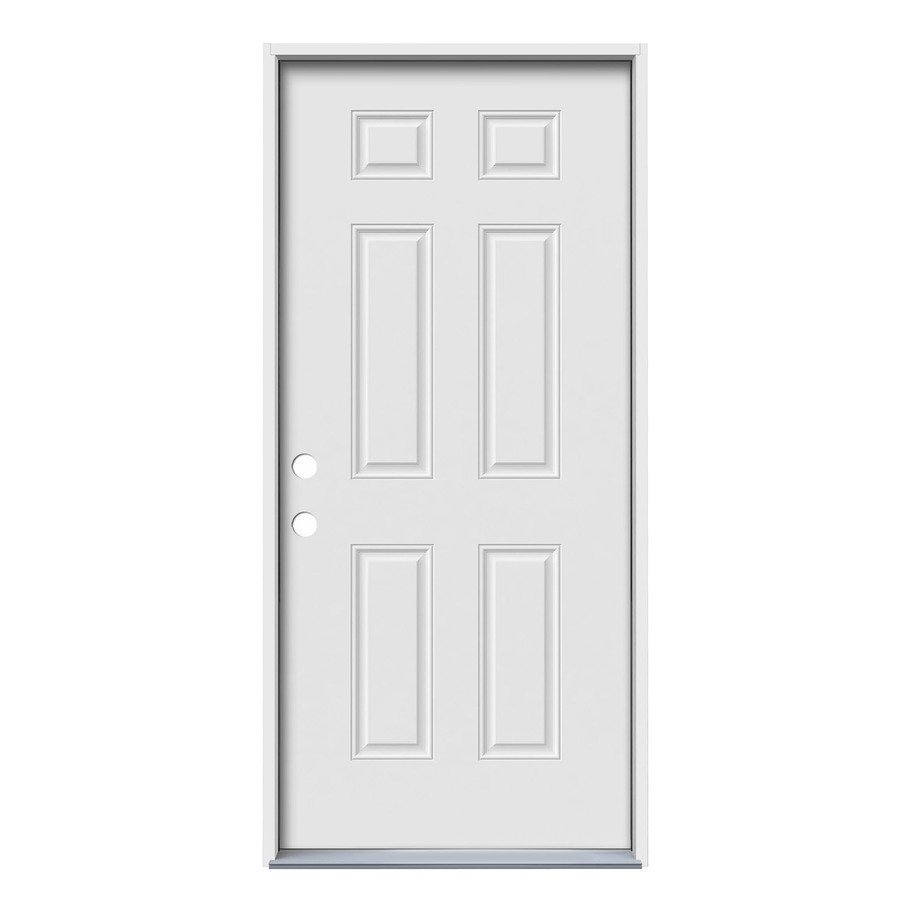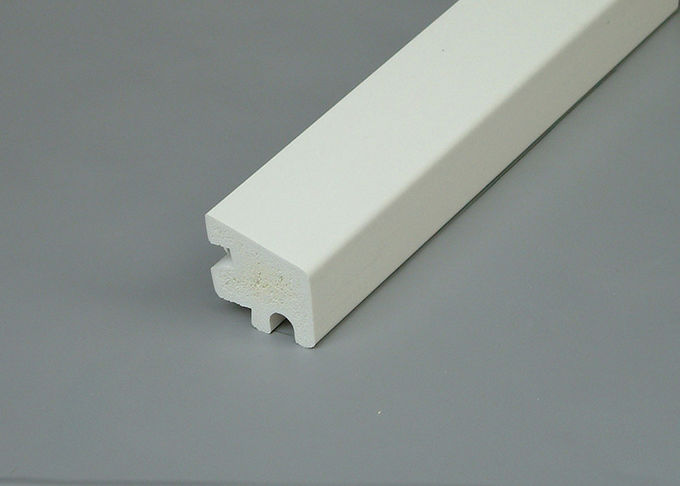When installing retrofoam into your existing walls, we will remove a single strip of siding to expose the exterior of the building shell, then drill a small opening into each stud bay. Blown insulation usually requires a professional to install it with specialised equipment. how to add insulation to existing exterior walls.
How To Add Insulation To Existing Exterior Walls, Access to the cavity is gained through lifting tiles above the wall cavity or creating a small hole from the exterior side of the wall. External wall insulation is the best way to insulate your. Good contractors will use a real pine faced plug that is tapered so it is snug, but not tight enough to crack the wood.
 Exterior insulation retrofit walls and unvented roof From youtube.com
Exterior insulation retrofit walls and unvented roof From youtube.com
Prepare the wall sheathing for air/water control membrane. With boric acid added for fire resistance, shredded, recycled telephone books, tax forms, and newspapers all contribute to making safe cellulose insulation. But the recommendation is giving gregg pause for thought.
Several local contractors have recommended the addition of between 3/4 in.
But the recommendation is giving gregg pause for thought. Do you need a vapor barrier on exterior walls? Remove windows and doors as needed to allow flashing of openings and air control transitions into openings. Buildings that have been constructed prior to the 1930s are generally built with solid walls, meaning there are no cavities that can be filled with insulation. Finally, the holes must be. With boric acid added for fire resistance, shredded, recycled telephone books, tax forms, and newspapers all contribute to making safe cellulose insulation.
Another Article :

A chalk line is used to drill uniform 2 ½ inch holes through the siding to inject foam into the existing wall cavity. With a hole saw, cut a small hole (between 2 and 3 inches wide) between two studs and near the top of the wall, and place the cut portion aside—you will reattach this later. Whichever method you choose, the insulation needs to be put in place with the greatest care. Loose fill cellulose or fiberglass can be used for cavity wall insulation, and you will need a professional contractor to do the job. The existing kraft paper vapor barrier on the interior side of the wall will stay in place. Two Approaches to Insulating Walls Without Sheathing SBC.

A chalk line is used to drill uniform 2 ½ inch holes through the siding to inject foam into the existing wall cavity. After all of that would move to the exterior walls where a dense packed cellulose product. Turn off the power to the outlet. Access to the cavity is gained through lifting tiles above the wall cavity or creating a small hole from the exterior side of the wall. Insulating your solid walls could cut your heating costs considerably, and make your home more comfortable. Insulation Retrofit for an Existing Concrete Slab and 2x4.

Good contractors will use a real pine faced plug that is tapered so it is snug, but not tight enough to crack the wood. It’s unlikely that you’ll want to demolish or pull down walls in order to put new insulation in. Access the existing walls to determine the location of existing framing and blocking. Install a continuous air/water control layer to the original sheathing or to the insulation sheathing. If you are not sure if you need insulation in your walls follow along with this flow chart. How To Install Fiberglass Batt Insulation.

Your first job after the studs are in place is to fill those walls with insulation. This allows us to inject retrofoam into the stud cavities without having to tear apart your walls. It�s easy to make your home feel comfy.today we show you how to insulate walls and ceilings. After the foreman injects foam, another crew member follows behind them plugging the holes with a wooden plug. The insulation is then covered with a special render to provide weather resistance. Wall Insulation in Madison, WI by Rockweiler Insulation.
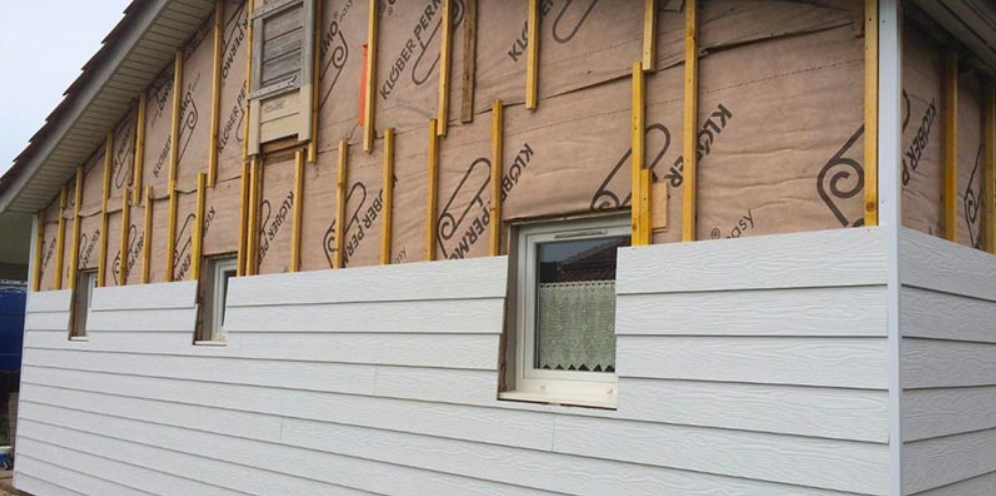
Do you need a vapor barrier on exterior walls? It�s easy to make your home feel comfy.today we show you how to insulate walls and ceilings. Finally, the holes must be. There is a way of improving your existing wall insulation though.this guide explores how to put insulation into existing walls within your property. Do you need a vapor barrier on exterior walls? How To Insulate Exterior Wall.

External wall insulation is a great alternative when looking to improve the insulation of a building, reducing heat loss and improving the building envelope. Whichever method you choose, the insulation needs to be put in place with the greatest care. Insulating your solid walls could cut your heating costs considerably, and make your home more comfortable. You may insulate the walls by blowing spray foam or cellulose into them from outside. Many brick homes built before the 1980s, and especially earlier, were not built with current standards of insulation. Add insulation to existing interior and exterior walls.

You may insulate the walls by blowing spray foam or cellulose into them from outside. After the foreman injects foam, another crew member follows behind them plugging the holes with a wooden plug. It doesn�t have to be that way. Insulating your solid walls could cut your heating costs considerably, and make your home more comfortable. Do you hate being cold? No More Cold Drafts How to Insulate Walls Without.

Many brick homes built before the 1980s, and especially earlier, were not built with current standards of insulation. Transition the wall air/water control membrane to adjacent assemblies. With a hole saw, cut a small hole (between 2 and 3 inches wide) between two studs and near the top of the wall, and place the cut portion aside—you will reattach this later. Then just pull out the old insulation. Prepare the wall sheathing for air/water control membrane. Why Should You Add Wall Insulation to Your Existing Home?.
Transition the wall air/water control membrane to adjacent assemblies. Install a continuous air/water control layer to the original sheathing or to the insulation sheathing. External wall insulation is a great alternative when looking to improve the insulation of a building, reducing heat loss and improving the building envelope. There is a way of improving your existing wall insulation though.this guide explores how to put insulation into existing walls within your property. To add insulation to any exterior wall, holes are drilled between the studs of the existing walls. Rebuild the existing wall Keeping The Heat In.
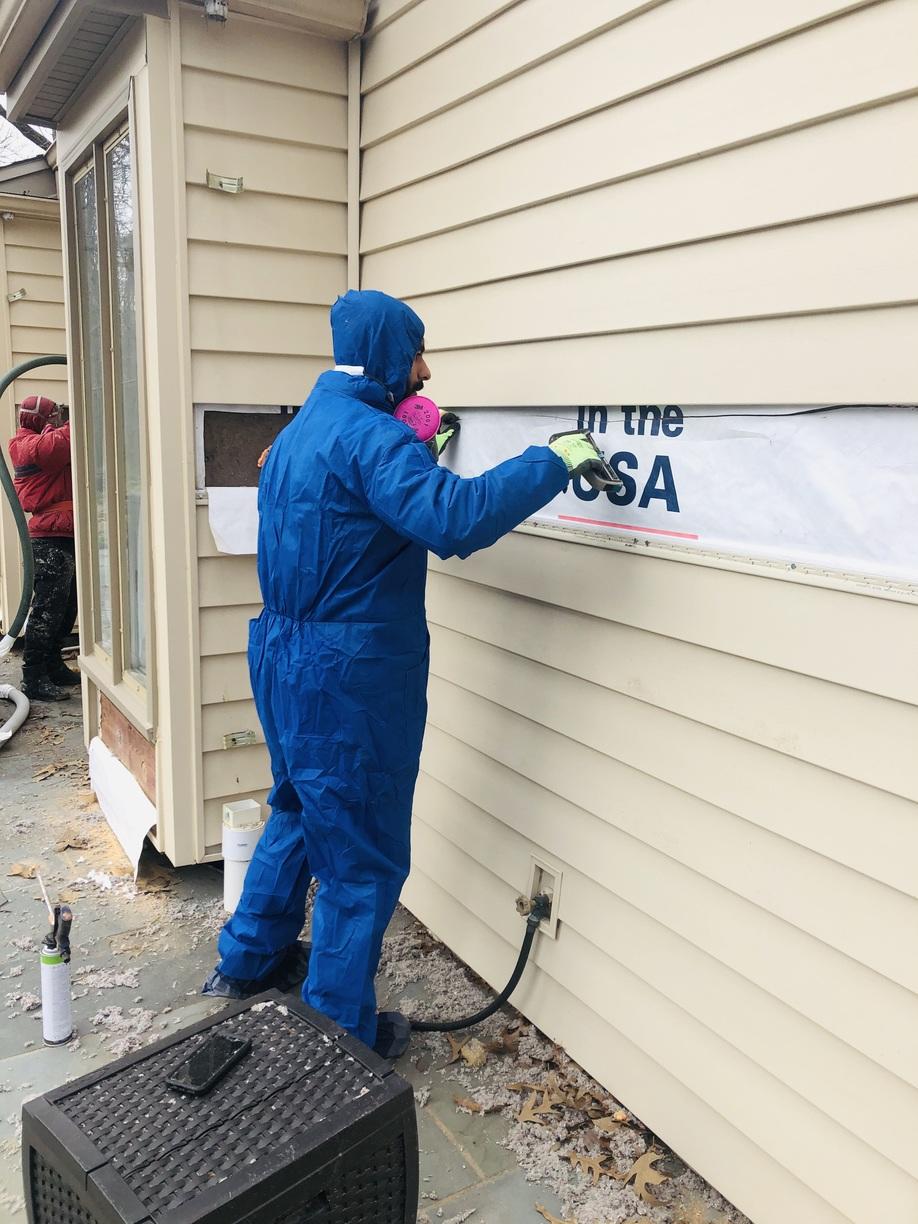
Insulating your solid walls could cut your heating costs considerably, and make your home more comfortable. Turn off the power to the outlet. Usually, exterior brick walls built before this time have little or no insulation, in fact ().i ran into this with an old house that we were renovating a few years ago. With a hole saw, cut a small hole (between 2 and 3 inches wide) between two studs and near the top of the wall, and place the cut portion aside—you will reattach this later. Exterior walls by drilling holes into the siding of your house, you may add insulation to your walls without having to remove them. Home Energy Audit Exterior Projects Insulating.
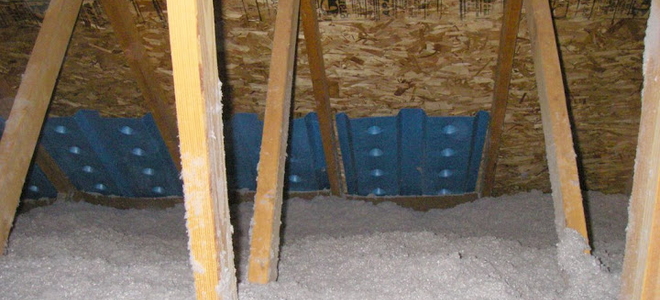
Remove windows and doors as needed to allow flashing of openings and air control transitions into openings. Drill or cut holes for insulation installation. Points where the insulation barrier is interrupted. Buildings that have been constructed prior to the 1930s are generally built with solid walls, meaning there are no cavities that can be filled with insulation. Pull out a small amount of insulation if needed to help determine the type of insulation. How to Blow Insulation into Existing Walls.

Determine if the insulation is to be installed from inside or outside the home. Finally, the holes must be. After the foreman injects foam, another crew member follows behind them plugging the holes with a wooden plug. Many brick homes built before the 1980s, and especially earlier, were not built with current standards of insulation. It doesn�t have to be that way. Exterior insulation retrofit walls and unvented roof.

Whichever method you choose, the insulation needs to be put in place with the greatest care. To add insulation to any exterior wall, holes are drilled between the studs of the existing walls. Access to the cavity is gained through lifting tiles above the wall cavity or creating a small hole from the exterior side of the wall. Good contractors will use a real pine faced plug that is tapered so it is snug, but not tight enough to crack the wood. To insulate an existing wall, you are looking at 3 major options: Exterior Insulation on the Roof and Walls (vented roof.

Transition the wall air/water control membrane to adjacent assemblies. Determine if the insulation is to be installed from inside or outside the home. A chalk line is used to drill uniform 2 ½ inch holes through the siding to inject foam into the existing wall cavity. To add insulation to any exterior wall, holes are drilled between the studs of the existing walls. At vermont foam insulation, we have the equipment and expertise necessary to increase your home’s energy efficiency, without the. Putting Insulation In Existing Walls.
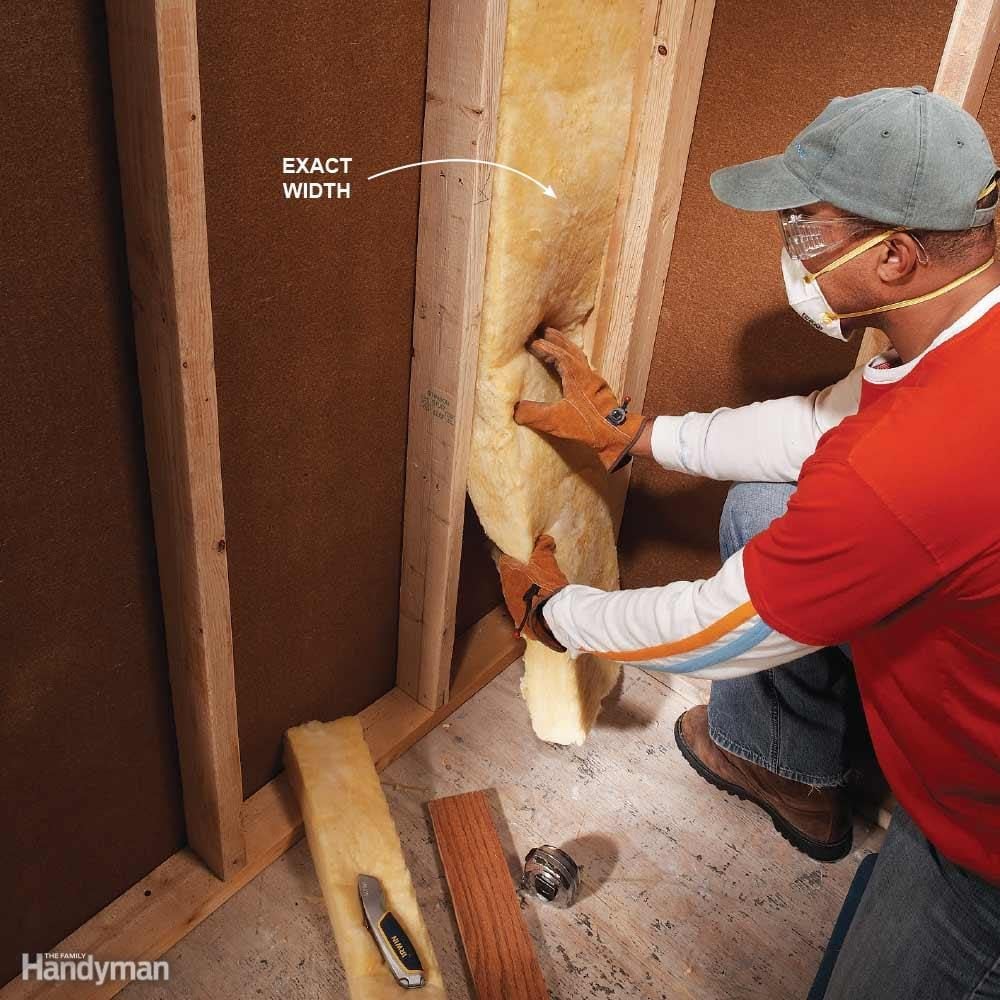
Finally, the holes must be. I was recently talking to a potential customer that lived in a home built in the 1930s and wanted to make his home more efficient. It�s easy to make your home feel comfy.today we show you how to insulate walls and ceilings. External insulation involves fixing insulation materials such as mineral wool or expanded polystyrene slabs to the outer surface of the wall. With boric acid added for fire resistance, shredded, recycled telephone books, tax forms, and newspapers all contribute to making safe cellulose insulation. Wall Insulation 10 Tips for Insulating Walls (Images).
